|
Raptor Free flight has begun this week at the Arizona-Sonora Desert Museum. I went by for the morning show on Tuesday the 24th along with several dozen of my newest BFF's. Three birds flew, a Great Horned Owl, a Chihuahuan Raven, and the newest addition to the roster, a juvenile Crested Caracara. Let's take them in reverse order. The Crested Caracara is a tropical vulture in the falcon family, with year round distribution from South and Central America into Mexico, coming as far north as Arizona, Texas, and Florida. This bird is one of two born in captivity last spring at the Desert Museum. Unfortunately his training for raptor free-flight was interrupted when he tried snacking on a scorpion and was bitten. Fortunately anti-venom and a lot of care pulled him through, and he is back on the line up. As one might expect of a rookie, on Tuesday there was more trotting and hopping than flying. The Crested Caracara eats insects, fish, birds, and small mammals as well as carrion (dead stuff). Note the lack of feathers on the face, similar to other vultures. Above and below are views as he perched on a snag. Note that this is a juvenile, for beautiful images of adults see Tom Grey's website. Below, he is taking off. For more about how birds learn to fly see this link. Raptor free flight runs until spring of 2018. It will be fun to see him grow during the season. Chihuahuan RavenThe Corvid family includes crows, ravens, rooks, jackdaws, jays, magpies, treepies, choughs and nutcrackers. In SE Arizona we see two species of raven, and no crows. The more common raven around Tucson is, the Common Raven (how about that!), but we can also see the Chihuahuan Raven. For more on Ravens and Corvids in general, see the entry for Common Raven in the Birds folder on this site. This year the Desert Museum has a Chihuahuan Raven as part of the raptor free flight, and he was on deck on Tuesday. This is a great chance to see these birds. The look much like the Common Raven, but are smaller. The size difference is clear if one is lucky enough to see them side by side. Above the bird is in flight. Below we see images of a volunteer handler catching and releasing the bird as part of the free flight circuit. The last shot shows the wing span in comparison to the handler. As of this writing (Sunday, October 29th) the eBird App on my iPhone tells me that most of the recent sightings of Chihuahuan Ravens are from Sahuarita and south toward Green Valley. For more on eBird see this link. Great Horned OwlThe Great Horned Owl is a regular for raptor free flight. See this link for my posting from the fall of 2015. They are great to see sitting up close on a snag, or perfectly quiet in flight. Image above, owl launches into flight from a snag. Below, resting on snag. 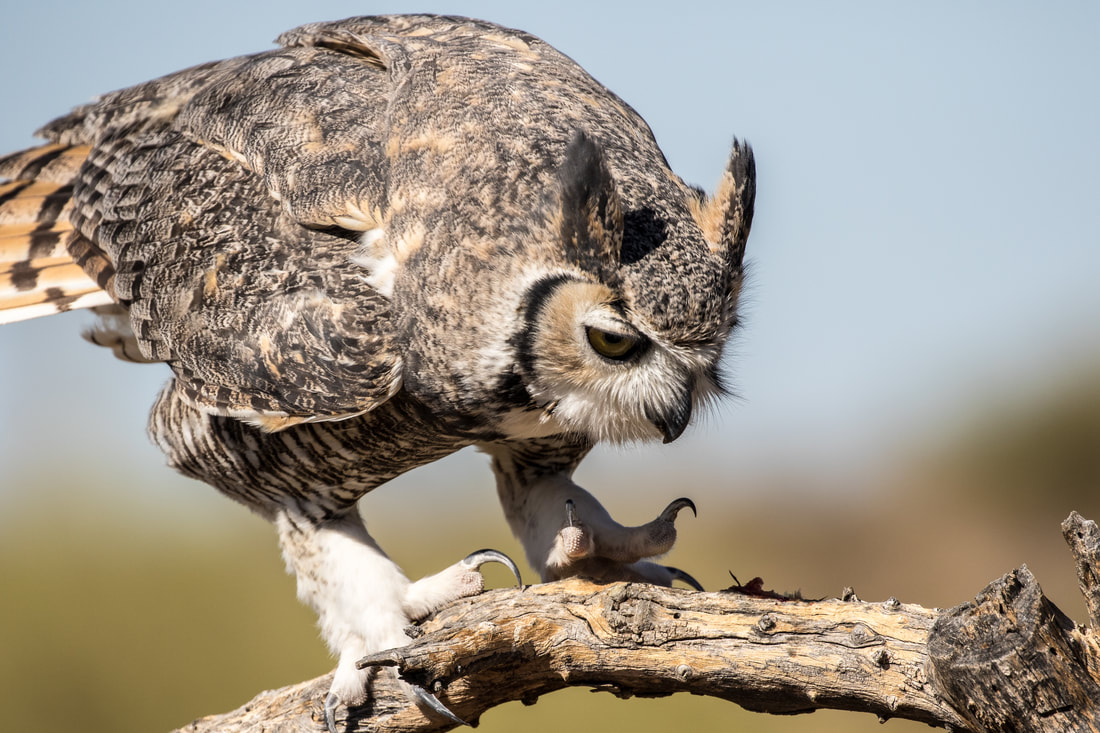 Above, carefully examining his tidbit of raw meat. I like the raised talons on the left foot. Below, landing with the sun to the left, lighting up flight feathers. The handler is ducking, always a good idea when close to these birds! That's all for now! Happy trails.
3 Comments
Janet and Robert Davies
10/29/2017 03:05:22 pm
Really great pictures, Henry. I love watching your posts !!!
Reply
David Blatt
10/29/2017 05:44:53 pm
Always look forward to your posts, thanks.
Reply
Sally Crum
10/29/2017 09:55:31 pm
We always love the Free Flight Program @The Desert Museum and your photos, as always really highlight the beauty of the birds. Thanks for your posts.
Reply
Leave a Reply. |
AuthorHenry Johnson, photographer and author of this site. For more detail, see About
Categories
All
Archives
July 2024
|
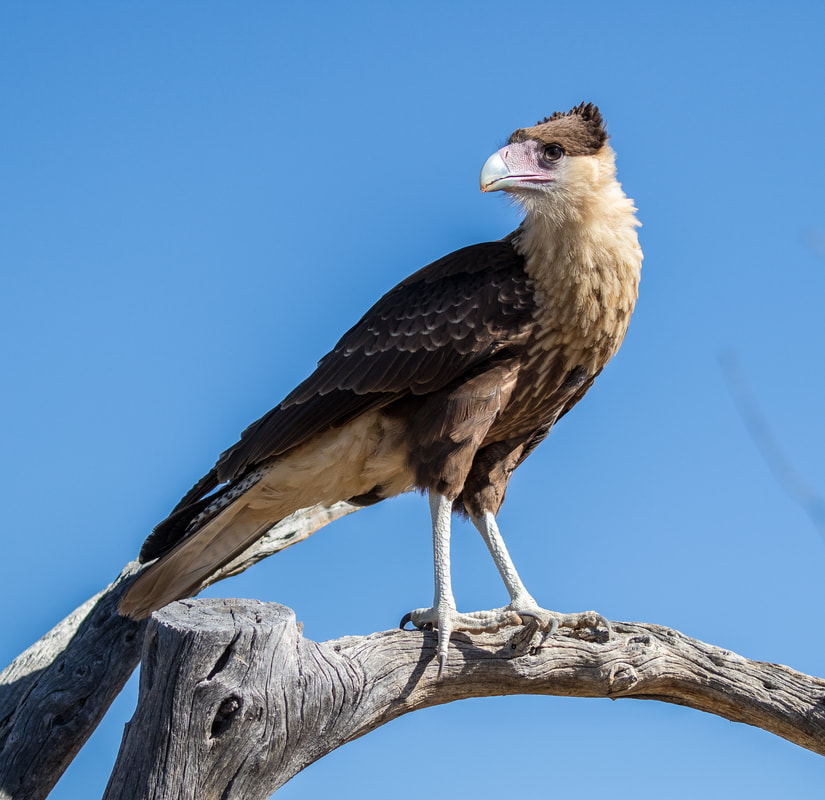
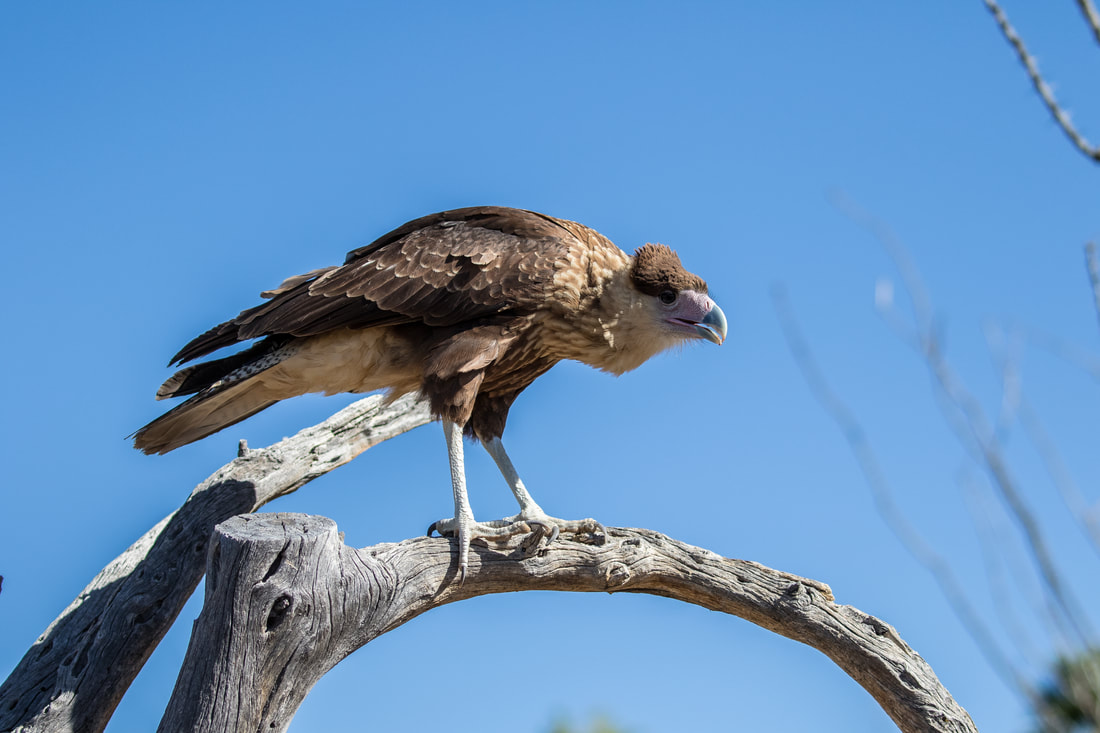
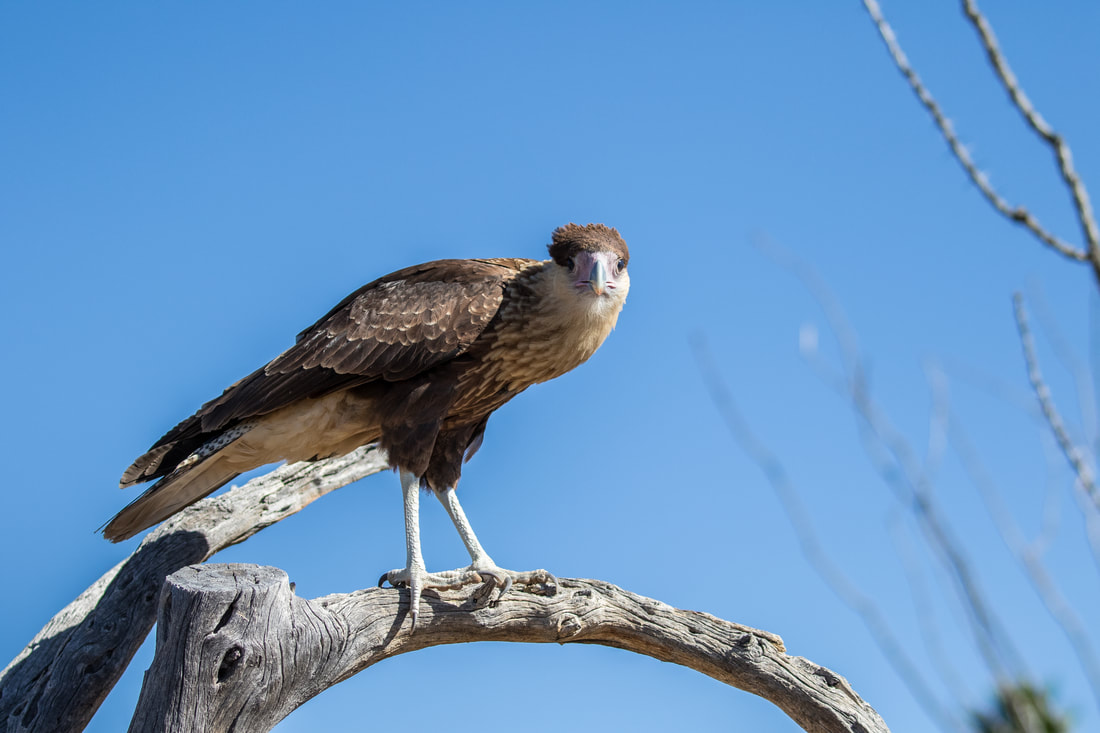
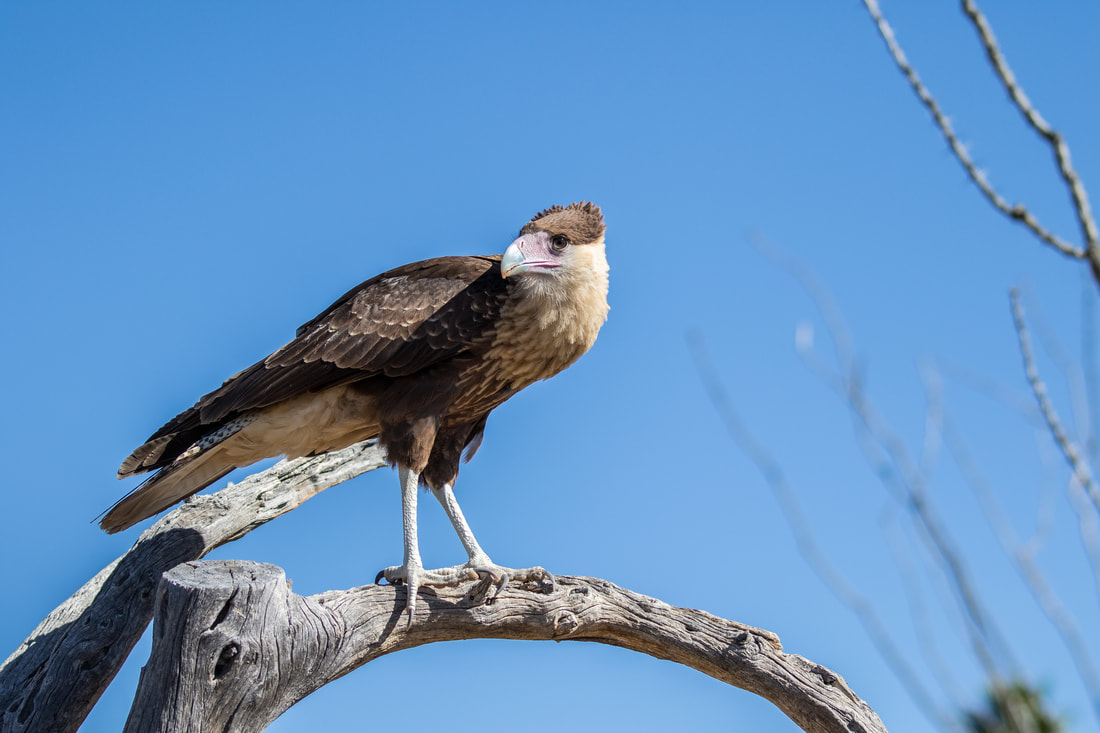
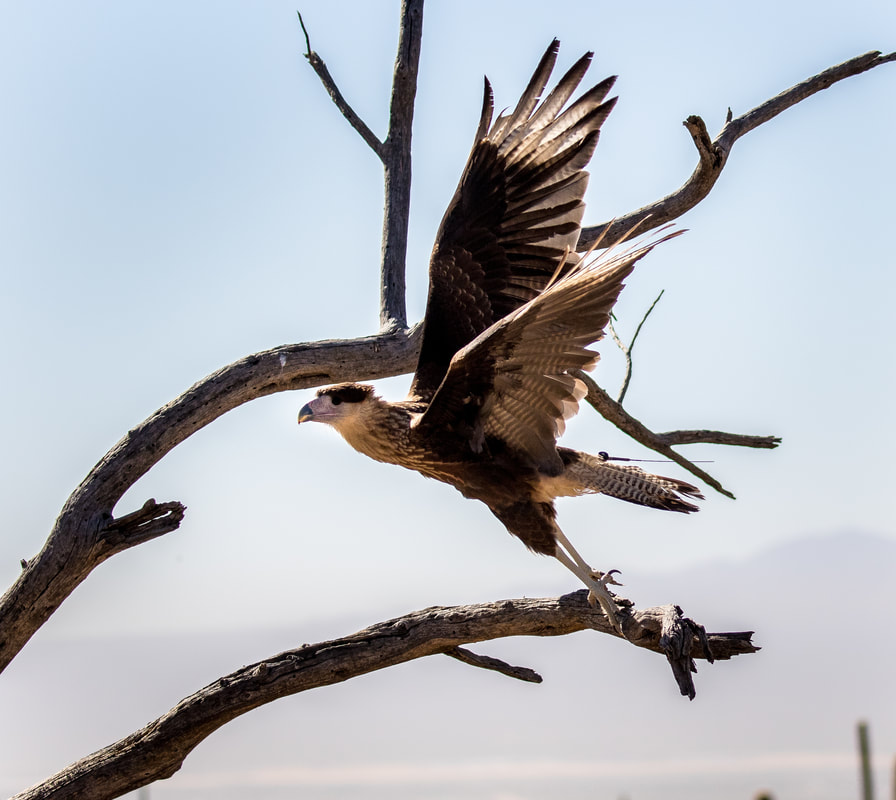
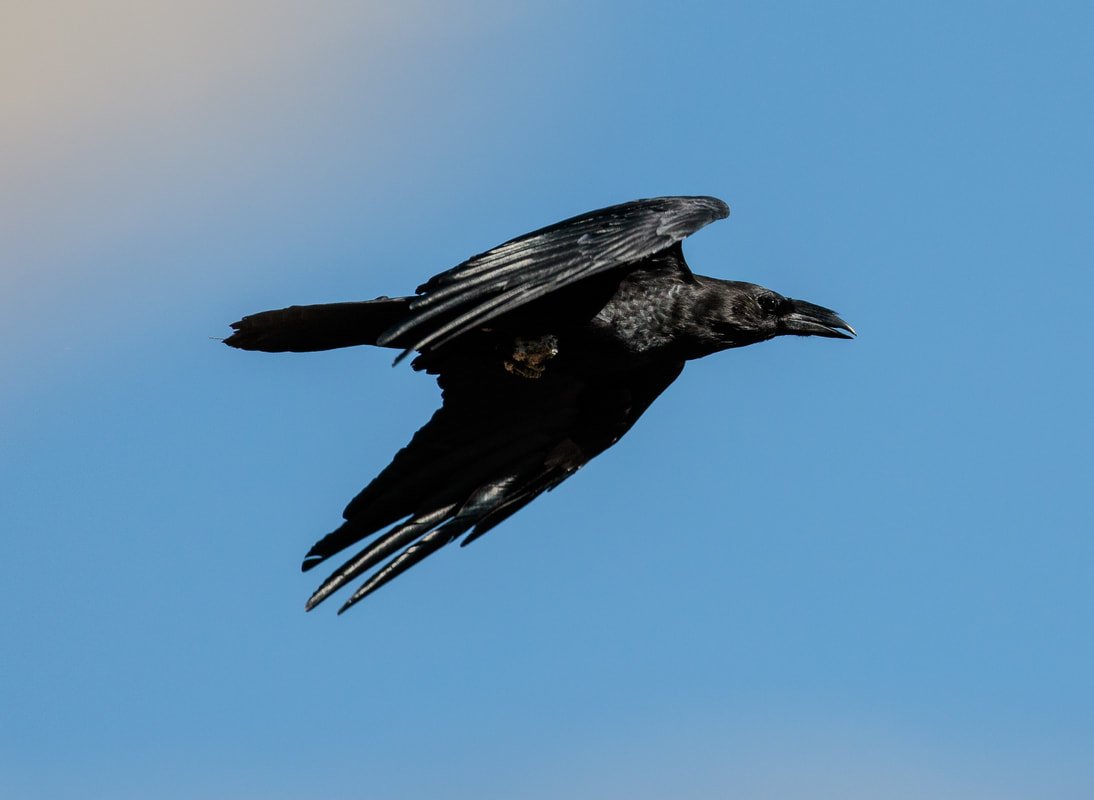
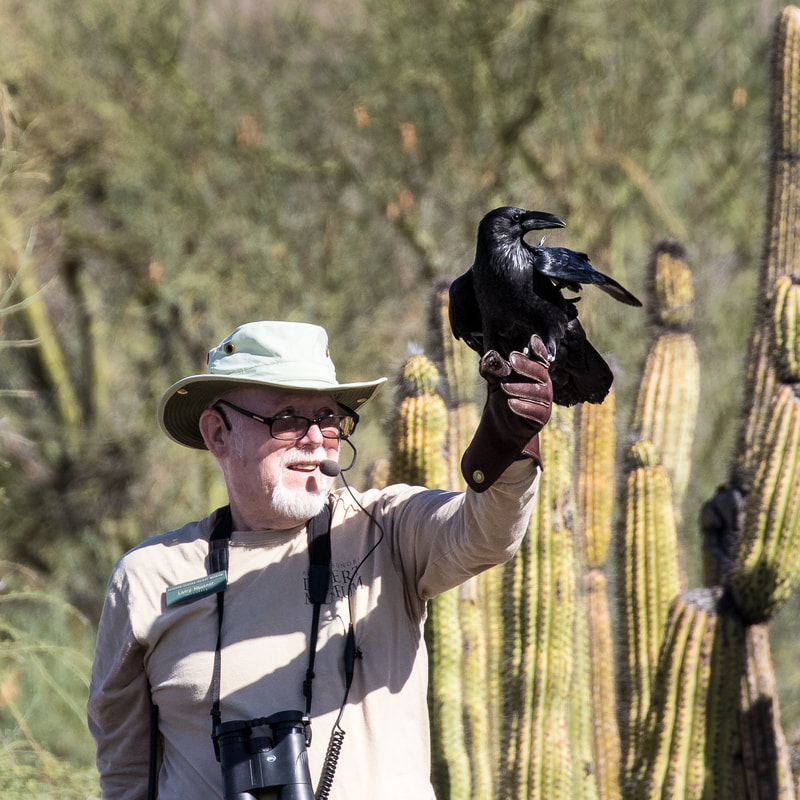
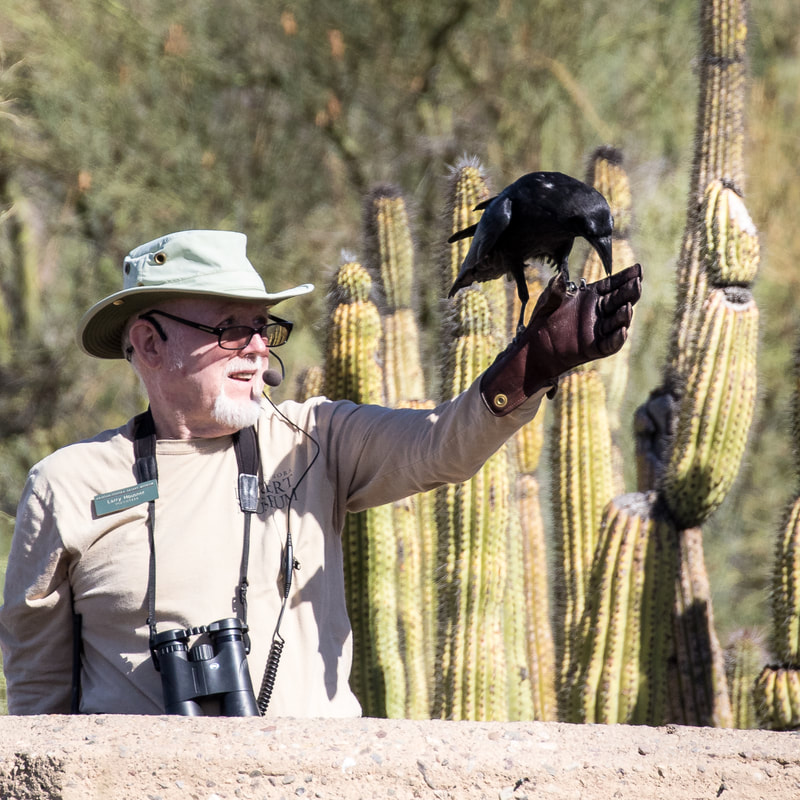
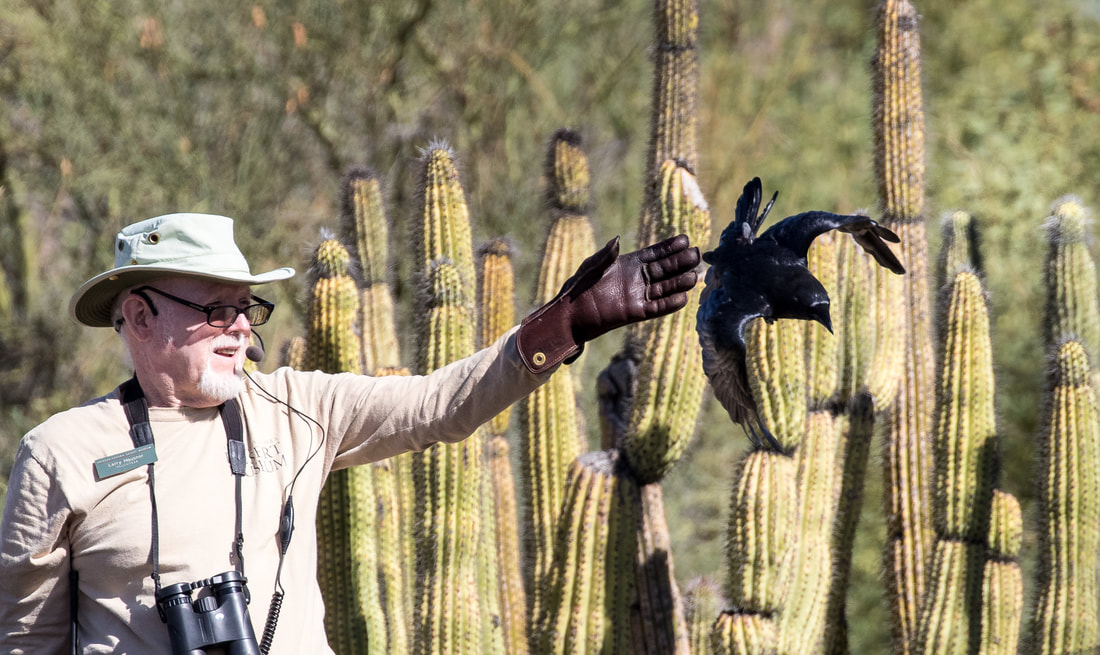
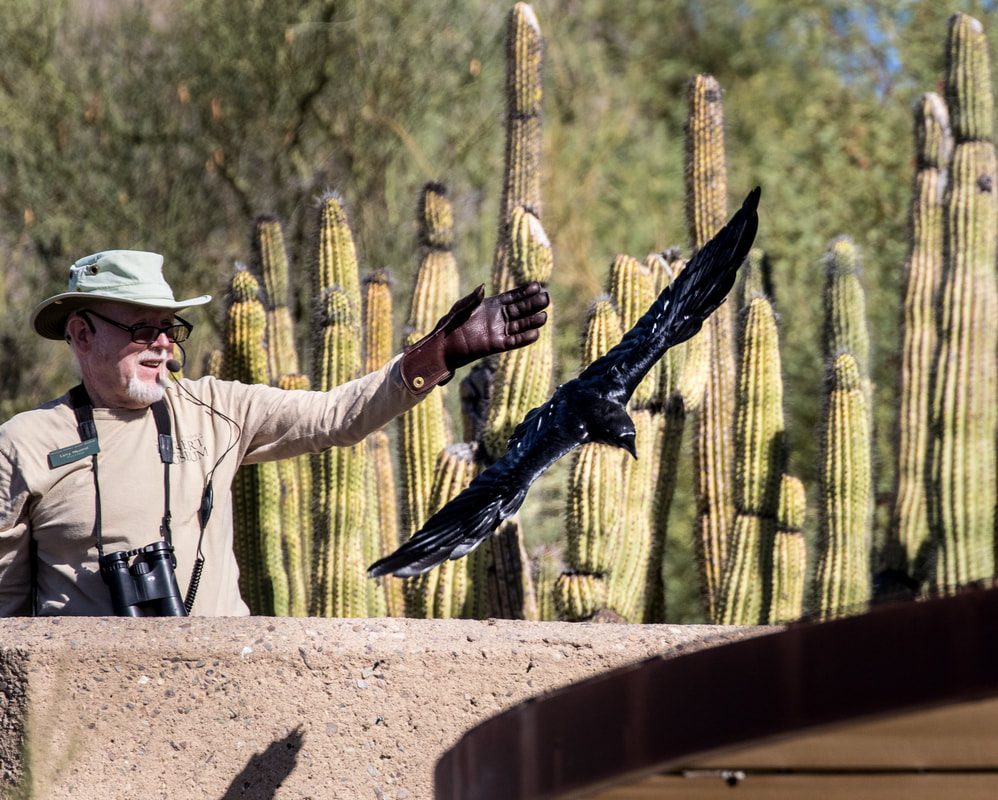
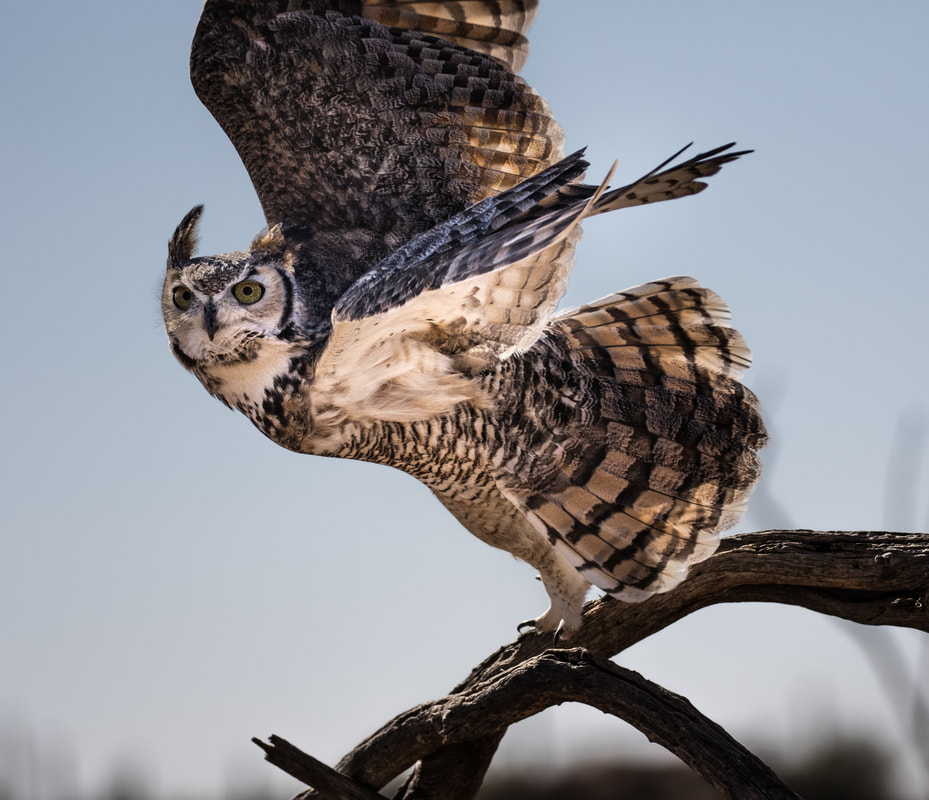
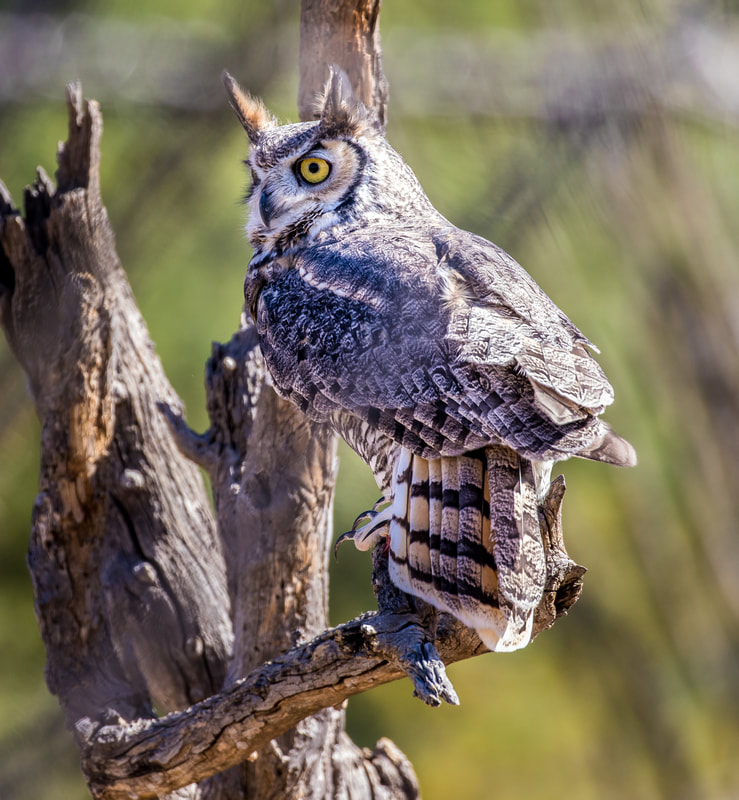
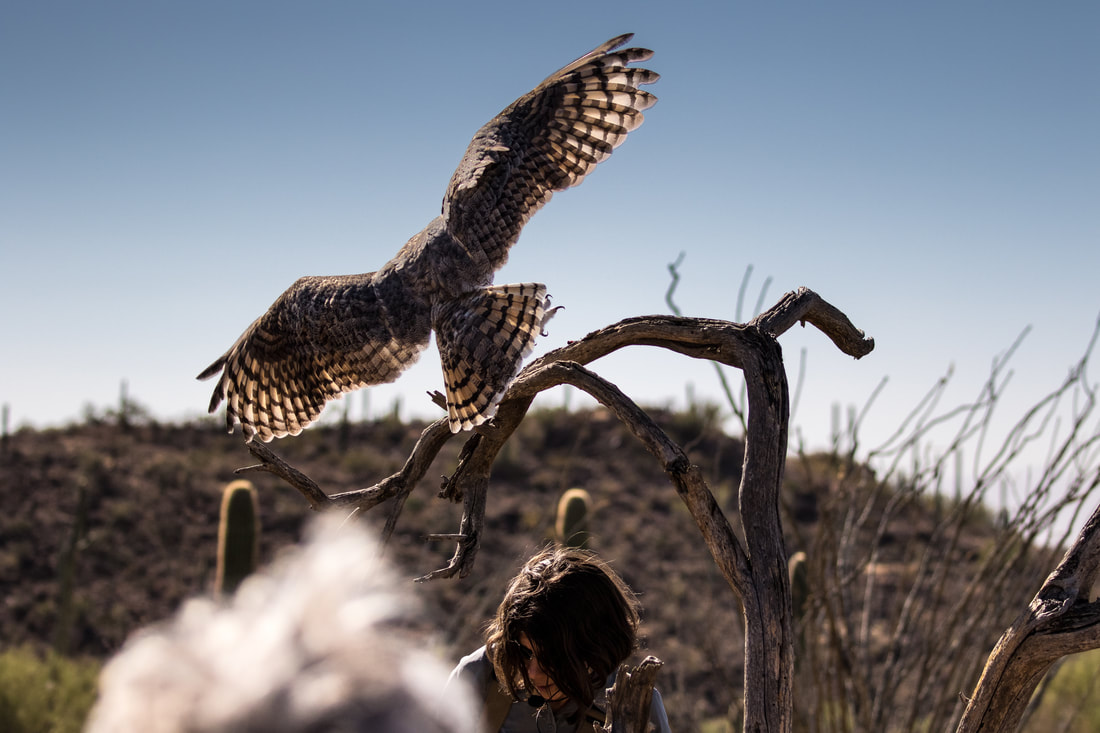
 RSS Feed
RSS Feed